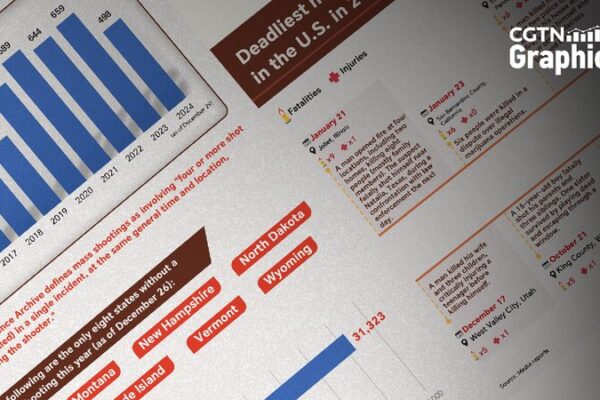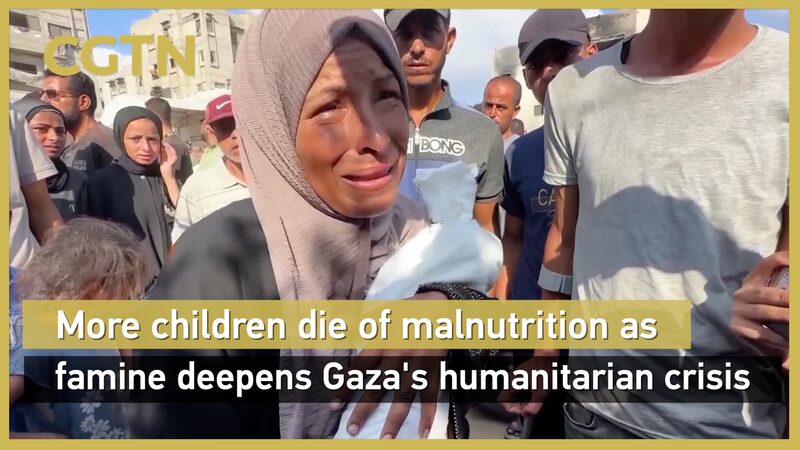In the United States, an average of 125 people lose their lives to gun-related incidents every day. This alarming figure includes homicides, suicides, and accidental deaths. While recent years have seen a slight decline in these numbers, they remain near the record highs witnessed during the pandemic.
Violence prevention advocates are growing increasingly concerned that any reversal of modest gains could exacerbate the crisis. They stress the importance of sustained efforts and policies aimed at reducing gun violence and saving lives.
The pandemic years saw a significant surge in gun sales, coupled with heightened stress and economic hardship, contributing to higher rates of gun violence. Although some pressures have eased, underlying issues like mental health and economic inequality persist.
Community organizations and activists are calling for comprehensive strategies that address not only gun control but also mental health support, economic opportunities, and education. They believe a multifaceted approach is essential to make lasting progress.
For teenagers and young adults, especially in vulnerable communities, the impact of gun violence is profound. It affects their safety, mental health, and future prospects. Engaging youth in prevention programs and providing safe spaces are critical steps toward change.
As the nation grapples with this ongoing crisis, the hope is that collective efforts will lead to a meaningful reduction in gun-related deaths, ensuring safer communities for all.
Reference(s):
cgtn.com








